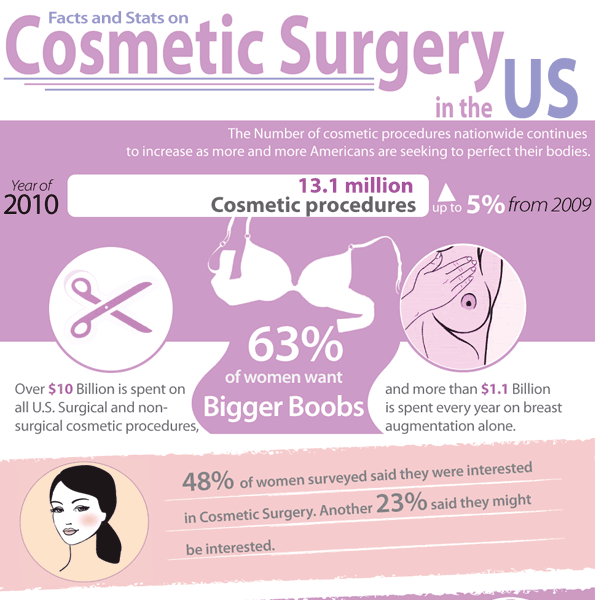Hormone acne is characterized by clogged pores and oily skin that commonly appears on the chin and jawline. It takes place when hormonal adjustments activate inflammation and microbial overgrowth within hair roots.
Breakouts may appear as whiteheads, blackheads, papules or pustules and cysts or nodules in a lot more serious instances. It is a lot more usual in teenagers experiencing the age of puberty yet can influence grownups of any kind of age.
What Creates Hormone Acne?
While acne can be brought on by a selection of variables, consisting of making use of hair and skin treatment items that aren't oil-free or made with active ingredients that can obstruct pores, hereditary proneness, diet regimen,2 and anxiety, the source is varying hormones. Hormonal acne occurs when the body experiences hormonal changes and variations that bring about an overflow of sebum, which triggers inflammation, increased growth of bacteria and adjustments in skin cell task.
Hormone acne is commonly discovered on the lower jawline, cheeks and neck however can appear anywhere on the body. It is characterized by blemishes that are cystic, painful and loaded with pus or various other product. It is likewise most likely to happen in women than men, specifically throughout adolescence, the menstrual cycle, maternity or menopause.
Age
While lots of youngsters experience acne at some point during the age of puberty, it can remain to pester adults well into the adult years. Called hormone acne, this type of breakout is linked to variations in hormonal agents and is usually most common in women.
Hormone acne takes place when oil glands create too much sebum, which obstructs pores and catches dead skin cells. This causes the formation of imperfections, such as whiteheads, blackheads and papules, pustules, cysts or blemishes, deep under the surface.
This type of imperfection commonly triggers pain, redness and swelling. It may also be intermittent and appear around the same time every month, such as right prior to your period begins. This is since degrees of women hormonal agents like progesterone and oestrogen vary with each menstruation.
Menstruation
Hormonal acne typically shows up in the lower part of your face, along the jawline and cheeks, as whiteheads, blackheads or inflammatory pimples (acnes and cysts). It's most likely to show up around the moment when your menstrual cycle adjustments.
Particularly around ovulation, when estrogen and progesterone levels get on the increase, hormonal agent changes can cause outbreaks. However it's also feasible to get acne at any kind of point during your 28-day menstruation.
If you discover that your hormone acne flare right before your duration, try noticing when specifically this occurs and see if it relates to the stages of your 28-day menstrual cycle. This will certainly assist you pinpoint the source of your skin troubles. As an example, you may intend to deal with stabilizing your blood glucose and cutting out high-sugar foods, or take into consideration a prescription medicine like spironolactone that can manage your hormones.
Maternity
Growing a child is a time of remarkable hormonal modifications. For many ladies, this includes a flare-up of hormone acne. This type of breakout typically starts in the first trimester, around week six. It's caused by hormonal agent surges that promote sweat glands to make more oil, which can obstruct pores and cause even more bacteria to accumulate.
Outbreaks may additionally happen as a medical facilities near me result of pre-existing problems like polycystic ovary syndrome, which can additionally be an issue while pregnant and menopause. Also, some kinds of contraceptive pill (such as Ortho Tri-Cyclen and YAZ) can set off hormone acne in some women.
Luckily, most acne therapies are "no-go" for pregnant ladies (including prominent acne-fighting active ingredients such as isotretinoin and spironolactone). But if you can't stay clear of those bothersome bumps, your medical professional may suggest oral erythromycin or cephalexin, which are risk-free while pregnant.
Menopause
As ladies come close to menopause, the estrogen levels that triggered their hormonal agent acne to flare up during the age of puberty begin to support and lower. At the same time, however, a spike in androgens (additionally known as male hormones) happens due to the fact that these hormones can not be exchanged estrogen as efficiently as previously.
The unwanted of androgens can set off oil manufacturing by the sweat glands, which clogs pores. When the stopped up pores come to be inflamed and inflamed, an acne forms.
Hormonal acne is normally seen on the face, specifically around the chin and jawline, but it can happen on the neck, back, shoulders, or upper body. This type of acne has a tendency to flare in an intermittent pattern, similar to the menstrual cycle. Anxiety, which raises cortisol and throws hormones out of equilibrium, additionally contributes to the breakouts.
